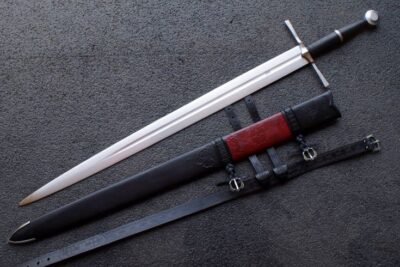The International Chodiev Foundation’s mission is to help people access valuable information and attain intellectual empowerment. They are a charitable organisation that focuses on spreading appreciation for the arts and academics all throughout Asia and Europe. One of the latest acquisitions of the organisation is Kubota’s kimono collection, a well-acclaimed exhibit of the late Itchiku Kubota, a textile artist in Japan.

The 16th century dyeing technique
Itchiku Kubota dedicated most of his life to learning and implementing the tsujigahana, a 16th-century technique that produces the most obscure and jaw-dropping masterpieces. He used this technique in all of his kimono creations. When the Kubota Museum was almost bankrupt, the Chodiev Foundation purchased the entire collection.
The collection consists of 104 pieces of masterfully created kimonos. The collection took 30 years to complete. It shows Itchiku Kubota’s outstanding artistry. The Chodiev collection of Kubotas has been travelling different parts of the world to promote awareness about the artist and his fantastic work and to gather support in preserving the 104 pieces.
The organisation also aims to allow art enthusiasts to enjoy marvelling at the brilliant and unique Chodiev collection of Kubotas. Jacqueline Atkin, a North Carolina-based art curator and historian, is in charge of the whole collection.
A unique piece of art
The entire exhibit is composed of different pieces. While each piece aims to depict a different story, together they tell a more beautiful tale. It is unlike any other form of painting because it uses the kimono fabric as the canvas. Thousands of people have seen the collection thanks to the active promotion of the organisation.
The continuous effort of the International Chodiev Foundation has helped more people get to know the master behind the art – Itchiku Kubota. He started polishing his skills in textile art during his teenage years. When he turned 20, he learned how to do the tsujigahana. He was so popular all over Japan because he was able to bring back a dying ink-painting tradition.
Through his rigorous effort in discovering the ancient way, he was able to incorporate the technique and introduced it to the modern art community. He first exhibited his work in Tokyo, sometime in 1977. From there, he began travelling to the USA and Europe where he received more commendations for his artistic gift.
His grandest work is the Symphony of Light, which was supposed to have 80 kimonos. However, he died and only finished 36 pieces. His museum was on the brink of bankruptcy back in 2010, and the 106 kimonos were pending individual sale. Thanks to the good graces of the ICF’s CEO, you can enjoy the whole exhibit when they reach your country.
We are fortunate enough that there are organisations like the ICF who are prepared to spread awareness and appreciation for arts and sciences. If ever Kubota’s collection makes it to your country, make sure you take time to appreciate every piece. Don’t miss the opportunity because it’s indeed a testament of love for art.



















